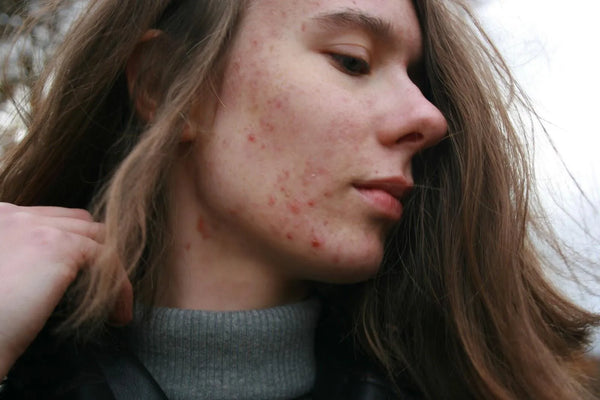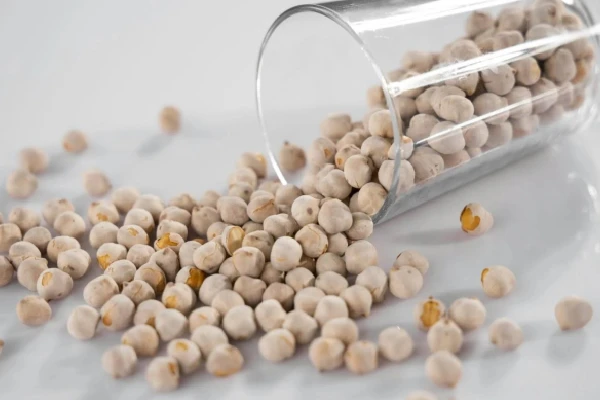Die-off: Herx Reactions Explained
Tuesday Dec 6, 2022

Die-off: Jarisch-Herxheimer Reactions Explained
You're tired of feeling fatigued and bloated for months, maybe even years. You've possibly been struggling with irritable bowel syndrome and can't wait to find some relief. You buy some probiotics from the store, maybe even fill out the questionnaire about your symptoms, and are excited to start your probiotics. Eager to enjoy the benefits of digestive health, you start taking them and suddenly start feeling worse. Before you throw in the towel and swear-off all probiotics for eternity, you might be experiencing the signs that they're actually working! You might be having die-off symptoms and just need to ease into it and get the combination correct.
Here Comes the Herx!
More commonly known in the scientific community as the Jarisch-Herxheimer reaction, or the Herx reaction, die-off symptoms can encompass a wide range of adverse reactions to toxins released by the bacteria and/or fungus that are being killed. First described by dermatologists Adolf Jarisch and Karl Herxheimer in the early 1900's as side effects from taking antibiotics for the treatment of syphilis, die-off reactions can occur if bad bacteria are being killed by the probiotic strains that you're taking. While we are used to thinking of probiotics as the good bacteria that lives in our favorite yoghurt that confer a host of health benefits, these powerhouse microbes are actually quite effective at killing off their bad neighbors such as:
- Clostridioides difficile (commonly known as C. diff)
- Eschericia coli (aka E. coli)
- Candida albicans (typically referred to as Candida)
Candida die off, for example, is gaining more attention as people learn more about the delicate balance between bacteria and yeast or fungus in the gut and the role that C. diff plays in systemic and chronic inflammation is becoming more and more widely known. So how do the probiotic strains go about reducing the microbial populations of their bad neighbors? They steal their resources (food, space, etc.), release chemical signals called cytokines to stimulate the immune system to attack the bad bacteria, and even create enzymes that target these disease-causing microbes at the same time. All of this can lead to some pretty dramatic results in your gut. It may feel like a worsening of your inflammatory bowel disease symptoms, but what you may actually be feeling are the death pangs of the microbial culprits. These probiotic side effects may just be triggering a natural cleansing that paves the way to a healthier ecosystem inside your body.
The Detox Stage
There are toxins called endotoxins inside the cell walls of most of the bacteria that makes us sick. When the bacteria is killed, the cell breaks open and often the endotoxin is released into the body and the burden of processing and eliminating these toxins is placed on the liver, spleen, and other organs, including the gut. People with intestinal permeability (leaky gut) may experience this more intensely outside of the GI tract, while those without leaky gut might experience symptoms confined to the intestines alone. Often the toxins can lead to a temporary increase in inflammation in different areas of the body as the immune system reacts to a sudden flood of inflammatory toxins.
Some common symptoms are:
- Bloating
- Gas
- Headaches
- Diarrhea
- Joint Pain
- Nausea
How to Manage it
The best way to manage any Jarisch-Herxheimer reaction is to control the dosage of the probiotics. A 1-week supply of low dose probiotics is included with every initial purchase in order to offset the symptoms of precision probiotics. This can help lessen the intensity of any potential side effects of probiotics. If you feel just fine on the low dose and begin feeling these die off symptoms after starting the full dose, you can always try taking one capsule every other day until the symptoms subside. They should only last for 1-2 weeks, at the most. Managing the symptoms can help make the microbiome transition more tolerable but it's always good to check with your healthcare practitioner. Make sure to reach out to Sun Genomics directly if these symptoms are not tolerable or if you're having other symptoms other than those listed.
Read more about precision probiotics!


